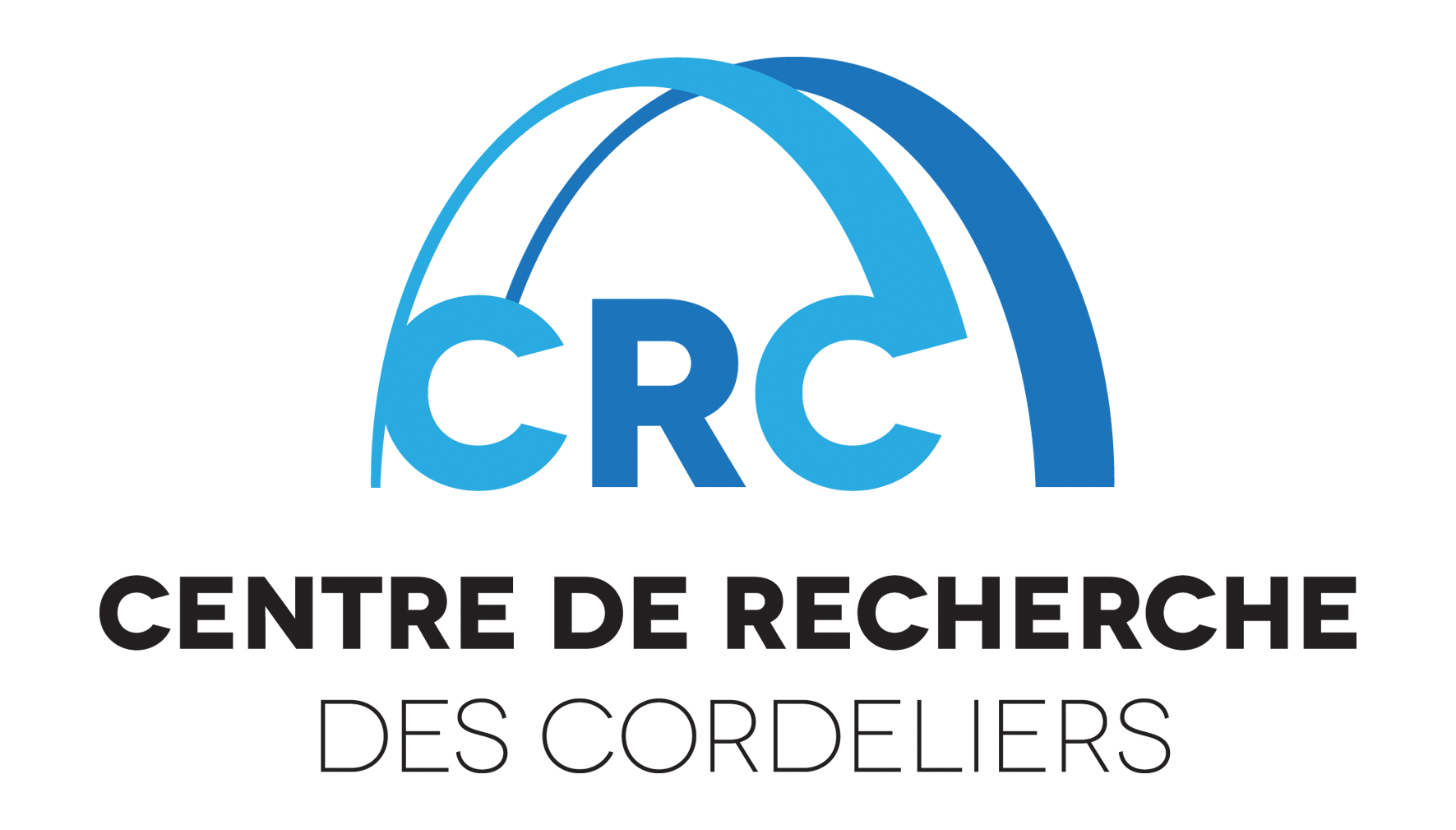By : Thomas Walter (Institut Curie, Paris)
Date : Thursday 14 November 2024
12:30 PM - 1:30 PM
Place : Amphi Gustave Roussy
Summary:
Whole slide images (WSI) are microscopy images of stained tissue sections. They are very large and complex, often displaying millions of individual cells, their environments, and the overall tissue structure. WSI are routinely used in cancer treatment centers for diagnosis, patient stratification, and treatment selection.
Computational pathology is the field concerned with the automatic analysis of WSI. The main workhorse of Computational Pathology is Deep Learning (DL). However, due to the size and complexity of WSI, standard methods in DL, such as Convolutional Neurol Networks cannot be used directly: more advanced techniques such as Multiple Instance Learning in conjunction with Self-Supervised Learning need to be applied. Scarcity of annotated datasets and potential biases are further pitfalls in the use of DL in this context.
In this seminar, I will present several recent studies to predict molecular features from Whole Slide Images. The first part is devoted to the prediction of Homologous Recombination Deficiency (HRD), a defect in the DNA repair pathway that sensitizes cancer cells for treatment with PARP inhibitors. Prediction of HRD from WSI could provide an interesting way of preselecting patients with high probability of benefiting from this treatment. In the second part, I will focus on Giga-SSL, a strategy we have recently developed to (1) improve performance of DL models on small datasets (e.g. rare cancer subtypes) and (2) ease WSI analysis by providing powerful representations that can easily be integrated into bioinformatics workflows. We provide such WSI encodings for the entire TCGA as a resource that can be used to confront molecular and morphological analyses. Finally, I will present unpublished work on predicting single cell gene expression from WSI, trained on paired H&E and Spatial Transcriptomics data.
References
1. Lazard, T.; Bataillon, G.; Naylor, P.; Popova, T.; Bidard, F.-C.; Stoppa-Lyonnet, D.; Stern, M.-H.; Decencière, E.; Walter, T.; Vincent-Salomon, A. Deep Learning Identifies Morphological Patterns of Homologous Recombination Deficiency in Luminal Breast Cancers from Whole Slide Images. Cell Reports Medicine 2022.
2. Lazard, T.; Lerousseau, M.; Decencière, E.; Walter, T. Giga-SSL: Self-Supervised Learning for Gigapixel Images. In Proceedings of the IEEE/CVF conference on computer vision and pattern recognition (CVPR) workshops; 2023; pp 4304–4313.
3. Lazard, T.; Lerousseau, M.; Gardrat, S.; Vincent-Salomon, A.; Stern, M.-H.; Rodrigues, M.; Decencière, E.; Walter, T. Democratizing Computational Pathology: Optimized Whole Slide Image Representations for The Cancer Genome Atlas; preprint (biorxiv), 2023.
Biosketch:
Thomas Walter is full professor at Mines Paris and director of the Center for Computational Biology, a research group at Mines Paris, and part of the joined unit between Institut Curie, Mines Paris and INSERM: “Cancer and Genome: Bioinformatics, Biostatistics, Epidemiology of Complex Systems”. His research focuses on the development and application of methods in Machine Learning and Computer Vision to biological and medical image data.
Thomas Walter received his engineering degree from Saarland University in 1999 and completed his PhD thesis at the Centre for Mathematical Morphology at Mines Paris in the field of Computer Aided Diagnosis of Diabetic Retinopathy, a severe and frequent eye disease. He then joined the Ellenberg lab at the European Molecular Biology Laboratory (EMBL) in Heidelberg, where he developed Computer Vision methods to analyse the first genome-wide RNAi screen by live cell imaging in a human cell line in order to identify genes required for cell division. In 2012, he joined the Centre for Computational Biology at Mines Paris, first as an independent researcher and since 2018 as director. His work focuses on Bioimage Informatics with applications to High Content Screening and Computational Pathology. Since 2019, he holds a chair at the PaRis Artificial Intelligence Research InstitutE (PRAIRIE), and he is a full professor of Mines Paris since 2021. He is also active in teaching Deep Learning for Bioimage Analysis in a number of courses. He has published more than 80 articles (h-index: 34).
All seminars
